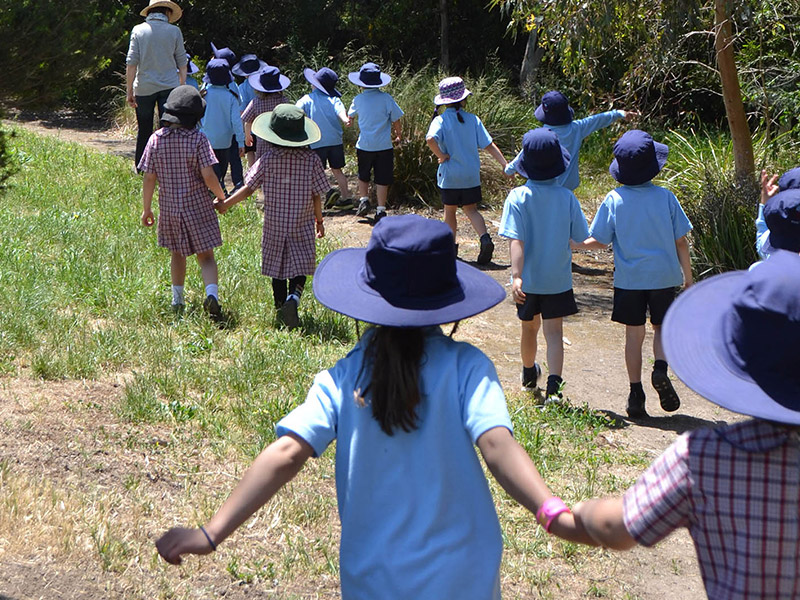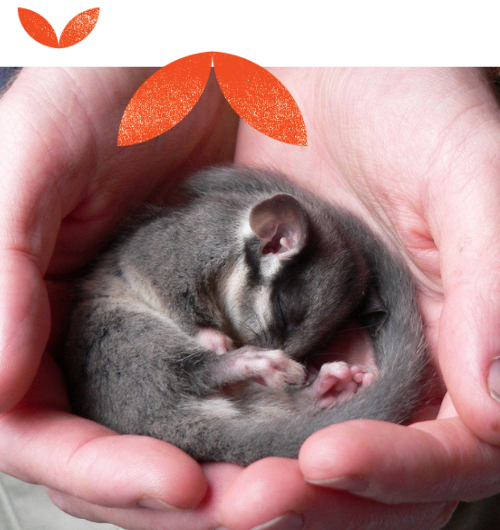Restoring Earth’s Ecosystems Incursion
Hosted by expert educators, students will develop their understanding of living and non-living things and the impacts of human activities on an ecosystem through hands-on activities.
Our educators will guide students through problem solving and action planning to create change within their school community and explore solutions to increase biodiversity at school or home.
Key questions for students to consider:
F-Y2: How are ecosystem, biodiversity and habitat connected? Why are non-living elements of an ecosystem important? What can we do to improve ecosystem health?
Y3-6: What do Ecosystems need to be healthy? How do humans impact habitat health? What is the role of the community in keeping local ecosystems healthy?
Related programs







